Exploring Cursive Styles: Fancy Script to Easy-to-Read
Once you delve into the world of the cursive alphabet, you'll quickly discover it's not a one-size-fits-all affair. The flowing script comes in a delightful array of cursive styles, each with its own personality, history, and best uses. What are the different cursive styles, and how do you navigate from fancy cursive alphabet to beautifully easy to read cursive? This guide will take you on a journey through the diverse landscape of cursive variations, helping you find a hand that truly resonates with you. To get a taste of these different styles, you can try our cursive alphabet generator.
Discover Your Perfect Hand: Exploring Cursive Styles from Ornate to Legible
The term "cursive" itself simply means "running" or "flowing," referring to script where letters are joined. But within that broad definition lies a spectrum of cursive handwriting styles. Whether you're aiming for the elaborate flourishes of ornate script, the distinguished look of historical cursive, the practicality of contemporary cursive, or the simple clarity of legible handwriting, there's a cursive style to match your needs and aesthetic preferences. Understanding these types of cursive is the first step to choosing cursive style that's right for you.
What Defines a "Cursive Style"? Understanding the Variations
What makes one cursive style distinct from another? Several key elements contribute to the overall look and feel.
Key Elements: Slant, Loops, Flourishes, and Connections
- Slant: Letters can be upright, slanted to the right (most common), or even slightly to the left. The degree of slant significantly impacts the style.
- Loops: The size, shape, and presence of ascender and descender loops (e.g., in 'l', 'h', 'g', 'j') vary greatly. Some
modern cursive alphabetstyles minimize loops for simplicity. - Flourishes: These are decorative strokes added to letters, common in
fancy cursive alphabetandcalligraphy cursive alphabetstyles, but often absent in more practical hands. - Connections: The way letters join can differ, affecting the overall
cursive flowand legibility.
How Cursive Variations Evolved Over Time
Cursive variations have evolved over centuries, influenced by writing tools, societal needs (e.g., speed for business correspondence), and prevailing artistic trends. Early forms were often practical, while later historical cursive styles became highly ornamental.
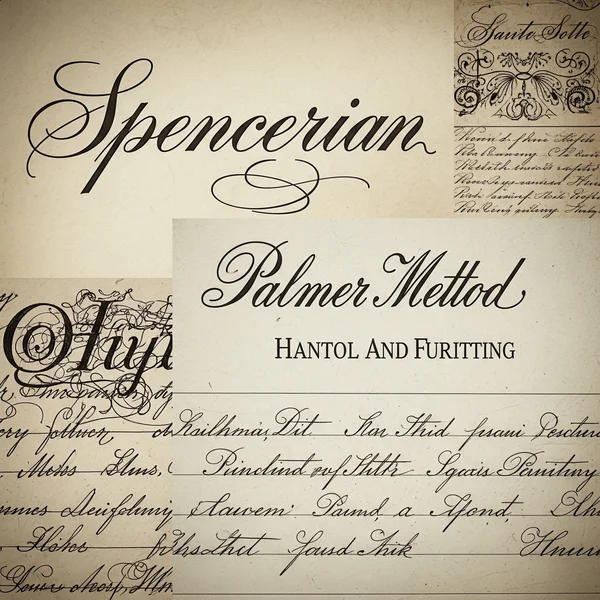
A Look Back: Traditional and Historical Cursive Styles
Many foundational cursive styles have left a lasting legacy. What are the types of cursive writing that have historical significance?
Spencerian Script: Elegance and Precision
Developed in the 19th century by Platt Rogers Spencer, Spencerian script is renowned for its delicate, flowing lines, contrasting thick and thin strokes (achieved with a flexible nib pen), and graceful, often elaborate, capital letters. It's a classic example of formal cursive.
Palmer Method: Business Penmanship and Practicality
Introduced by Austin Norman Palmer in the late 19th and early 20th centuries, the Palmer Method emphasized simplicity, speed, and legibility for business communication. It features less ornamentation than Spencerian and was widely taught in American schools, shaping the cursive handwriting styles of generations. This is a form of business cursive.
Characteristics of Historical Cursive Hands
Many historical cursive hands, beyond Spencerian and Palmer, share traits like pronounced slants, distinct loop formations, and a certain formality. Learning these can be a fascinating journey into learn cursive alphabet history.
The Rise of Modern Cursive Alphabet Styles: Practicality and Simplicity
In response to the fast pace of modern life and the prevalence of keyboards, many modern cursive alphabet styles have emerged, prioritizing ease of learning and use.
Focus on Legibility and Speed
Many contemporary cursive styles simplify letterforms, reduce flourishes, and streamline connections to make them quicker to write and easier to read. The goal is often functional, easy to read cursive.
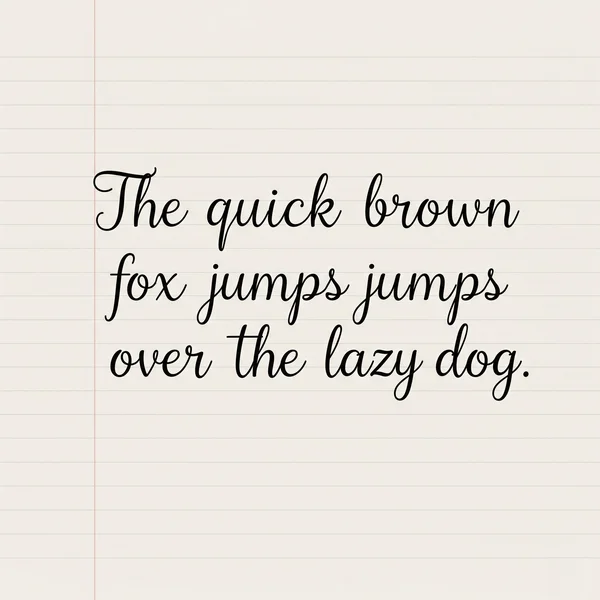
Minimalist Approaches to Contemporary Cursive
Some modern styles adopt an almost minimalist aesthetic, with very simple loops or even no loops on some letters, focusing on clear, unadorned connections.
The "New Cursive" Movements
Various educators and handwriting enthusiasts continue to develop and promote "new cursive" or simplified cursive systems designed to be more accessible for today's learners, ensuring the art of cursive lettering continues.
The Allure of Fancy Cursive Alphabet and Calligraphy Styles
For those drawn to the artistic side of writing, fancy cursive alphabet and calligraphy cursive alphabet offer endless possibilities. What is fancy cursive alphabet?
Distinguishing Cursive Handwriting from Calligraphy
While related, standard cursive handwriting focuses on everyday, efficient, connected writing. Calligraphy is more akin to "beautiful writing" as an art form, often involving specific tools (like broad-edged or pointed pens), deliberate stroke construction, and a greater emphasis on artistic composition. What's the difference between cursive and calligraphy? Cursive is a style of writing; calligraphy is the art of producing decorative handwriting or lettering.
Examples of Ornate Script and Decorative Cursive
This category includes scripts with elaborate flourishes, swashes, varying line weights, and artistic embellishments. Think of wedding invitations, elaborate monograms, and artistic text pieces. This is where decorative cursive truly shines.
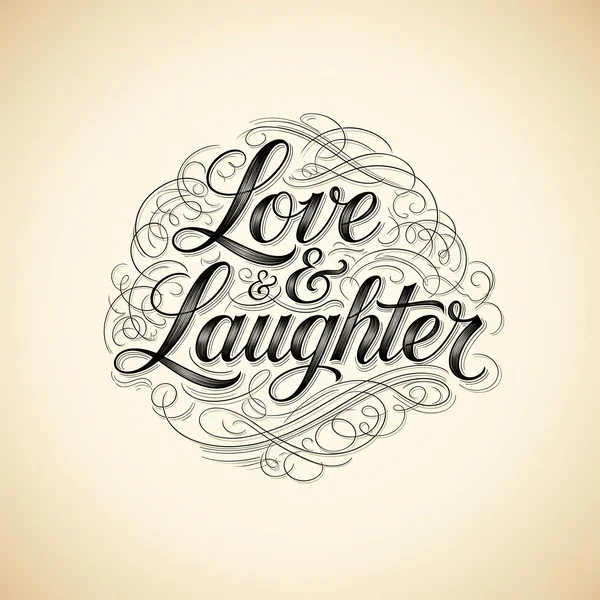
Tools and Techniques for Calligraphy Cursive Alphabet
Achieving true calligraphy cursive alphabet styles often requires specialized pens (dip pens, brush pens), specific inks, and an understanding of pressure control to create thick and thin strokes. Many resources for exploring different cursive fonts can help you understand their characteristics.
Prioritizing Legibility: Easy-to-Read Cursive Styles
Not everyone wants elaborate script. For many, the primary goal is clear, legible handwriting that is still cursive. What is easy to read cursive?
Simplified Loops and Clearer Connections
Easy to read cursive styles typically feature well-defined, open loops that don't obscure other parts of the letter. Connections are clear and unambiguous, avoiding overly complex joins.
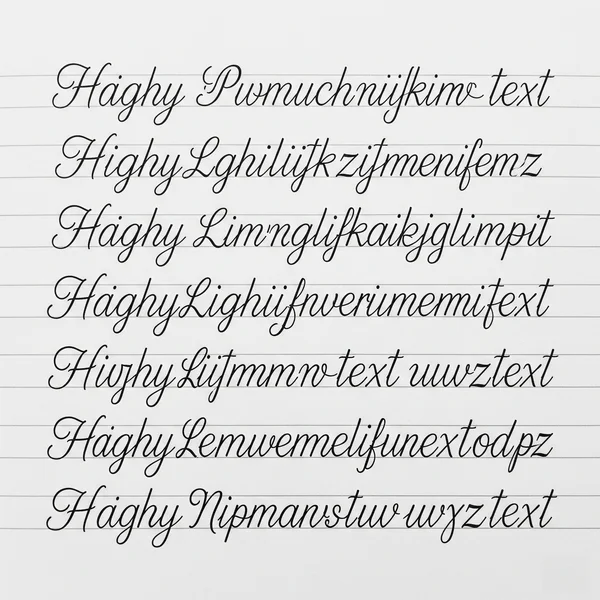
Cursive Styles Designed for Everyday Use
These are practical hands, often taught in schools today, designed for note-taking, journaling, and everyday correspondence where clarity is paramount. They retain the flow of cursive without excessive ornamentation.
Finding a Legible Handwriting Style That Suits You
The "best" easy to read cursive is subjective, but generally involves consistent slant, good spacing, and clear, simple letterforms. Experimentation is key.
Choosing Your Cursive Style: Factors to Consider
How to choose a cursive style that's right for you? Consider these factors:
Your Purpose: Formal, Informal, Artistic?
Are you learning for personal notes, formal documents, or artistic expression? Your purpose will heavily influence the suitability of different cursive styles. A fancy cursive alphabet is great for art, less so for quick notes.
Learning Curve: Some Styles are Easier to Master
Simpler, modern cursive alphabet styles are generally quicker to learn than highly ornate script like Spencerian, which requires significant dedication.
Personal Preference: What Aesthetics Appeal to You?
Ultimately, choose a style you find beautiful and enjoy writing. This will keep you motivated.
Trying Out Different Cursive Alphabet Fonts with a Generator
Can I generate different cursive styles? Yes! A fantastic way to explore cursive variations without committing to learning them all by hand immediately is to use a cursive alphabet generator. This allows you to type text and see it instantly rendered in various cursive alphabet fonts, giving you a feel for their look. Many online tools, like those you might find when searching for a cursive alphabet generator on our platform, offer this functionality.
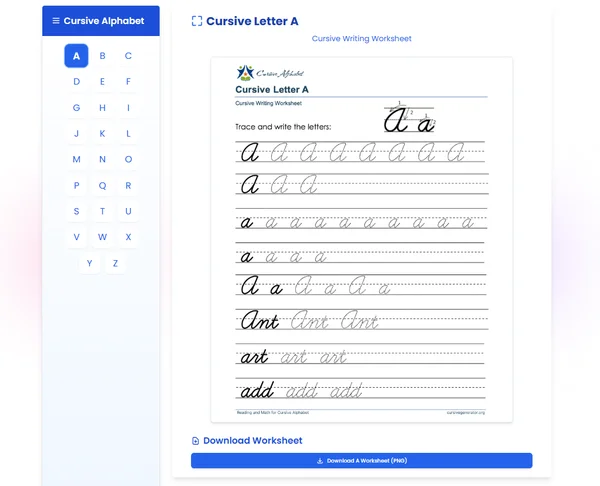
Creative Uses: Where Different Cursive Styles Shine
Different cursive handwriting styles lend themselves to different applications.
Formal Occasions: Wedding Invitations, Certificates
Elegant, traditional, or calligraphy cursive alphabet styles are perfect for conveying formality and importance.
Personal Expression: Journaling, Letter Writing
Any style you enjoy can be used here, from easy to read cursive for clarity to a more personal, slightly flourished hand.
Branding and Design: Logos, Artistic Projects
Fancy cursive alphabet and unique decorative cursive styles can make a strong visual impact in design work.
Find Your Signature Style in the World of Cursive
The world of cursive styles is rich and varied, offering something for everyone, from the practical student to the aspiring calligrapher. Whether you're drawn to the historic charm of traditional cursive, the clean lines of modern cursive alphabet styles, the artistic flair of a fancy cursive alphabet, or the straightforwardness of easy to read cursive, the journey of discovery is part of the fun. Don't be afraid to experiment and find a hand that feels like your own. A great first step can be to explore various cursive alphabet fonts using online tools.
Which cursive style catches your eye the most? Or perhaps you have a favorite cursive lettering technique? Share your thoughts in the comments below!
Frequently Asked Questions About Cursive Styles
Let's answer some common questions about the diverse types of cursive.
What are the main types of cursive writing?
While there are countless variations, main categories often include: Traditional/Historical (e.g., Spencerian, Palmer), Modern/Practical (simplified for everyday use), Fancy/Calligraphic (ornate, artistic), and Easy-to-Read/Simplified (focus on maximum legibility). These often overlap.
Which cursive style is the easiest to learn for beginners?
Generally, modern cursive alphabet styles that emphasize simplicity, reduce flourishes, and have straightforward connections are considered easier for beginners than highly ornamental historical cursive or complex calligraphy cursive alphabet hands. Look for styles specifically designed for easy to read cursive.
Can I mix different cursive styles?
Once you're proficient, you can certainly develop a personal hand that incorporates elements from different cursive styles you admire. However, for beginners, it's usually best to learn one consistent style first to build a solid foundation.
How can I see what my name looks like in different cursive styles?
Using a cursive alphabet generator or exploring various cursive alphabet fonts online is an excellent way to quickly see your name or any text in multiple cursive variations. Many such tools for exploring cursive styles are available.
Is calligraphy a type of cursive?
Calligraphy is the art of beautiful, decorative lettering, often done with specialized tools. While many calligraphic hands are based on cursive letter forms (i.e., connected script), calligraphy itself is more of an art form than just a style of everyday handwriting. Cursive can be a style used in calligraphy, but not all cursive is calligraphy, and not all calligraphy is cursive (some calligraphic alphabets are not joined).